Following on from the previous Post regarding moth-trapping, there are other ways to attract moths. We know that Moths are attracted to light, so using a light to attract and trap moths is quite obvious. However, some species are more attracted to lights than others, so how can we attract those moths not interested in lights?
If you remember my post on the Lifecycle of the Vaporer Moth, you will know that the females can attract the males of their particular species by releasing Pheromones (a kind of 'chemical scent'). What if there was a way to replicate that pheromone?
Well now that you mention it, there is!
Don't ask me how its done... it requires brainy scientists, a laboratory, a concoction of chemicals and a lot of trial and error. Scientists have found a way to recreate the pheromone released by the females, and that can be used to attract and record male moths. This is particularly useful for species which are not seen very often such as the Clearwing (Sesiidae) family of moths.
These Pheromone lures are available for the general public to buy, so we did our research, found a suitable location and ordered a lure for the Red-tipped Clearwing Moth (Synanthedon formicaeformis). Using it is fairly straight forward:
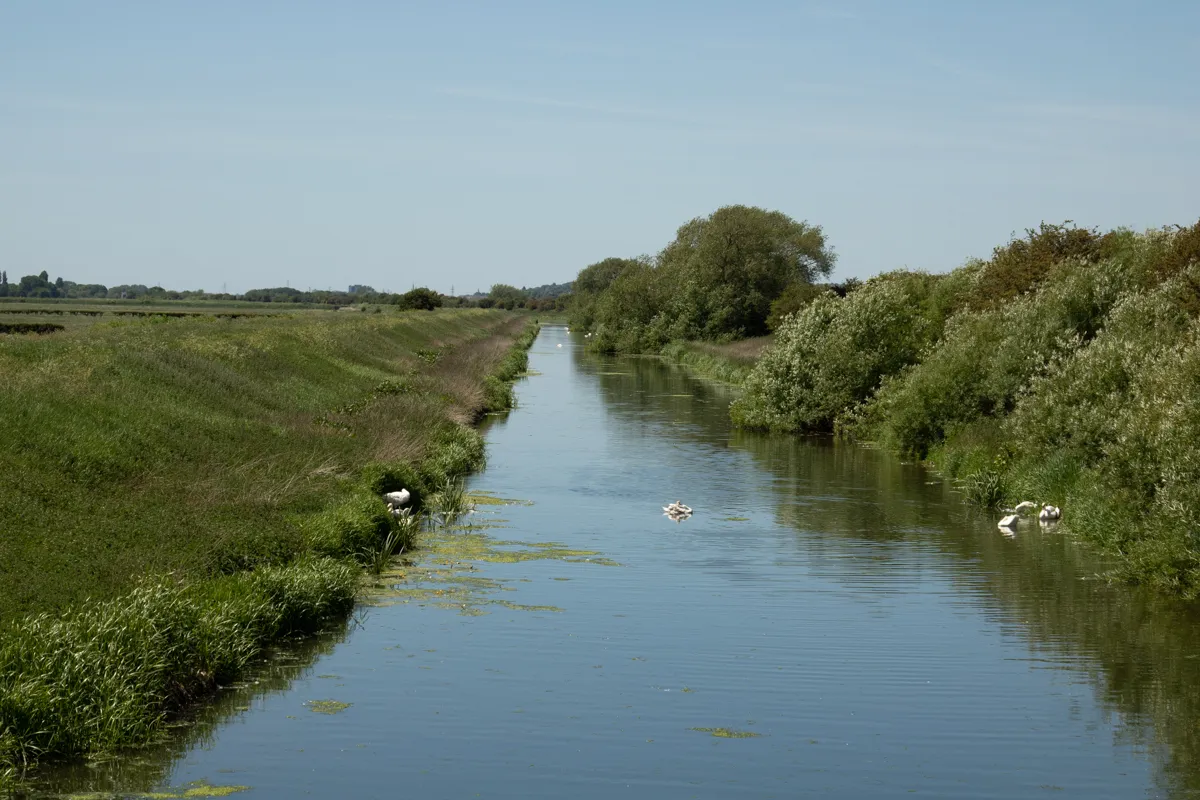
1 - Find a suitable habitat
The moths we were interested in like wet places (fens and marshes and rivers) and the caterpillars feed on various Willow tree species. In the picture is a river with some established Willow trees running down the side of it.
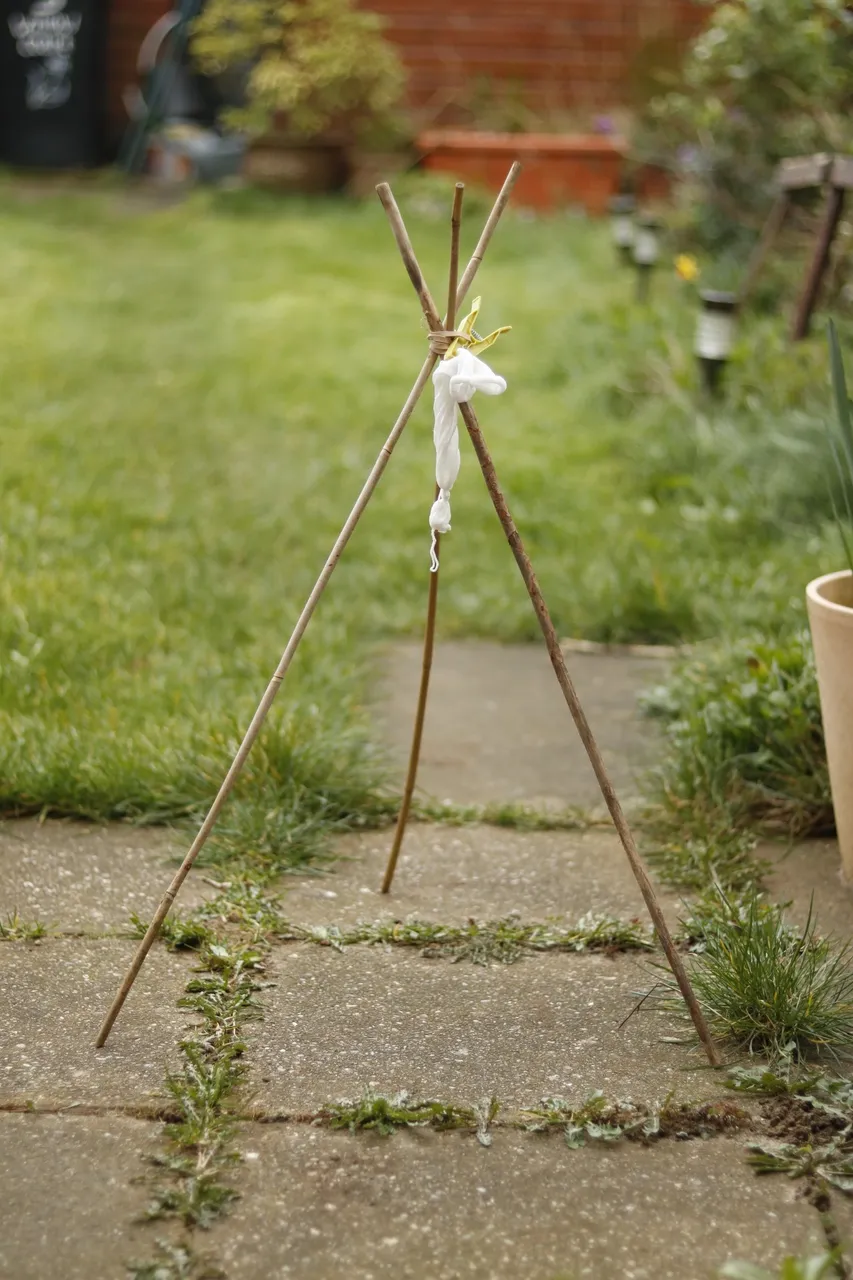
2 - Set up the lure up-wind of the location. We set up this hastily put together tripod of sticks near to the trees in such a position so that when the wind blew it blew the scent (from a little container in the white net) towards the tree where we hoped the moth would be.
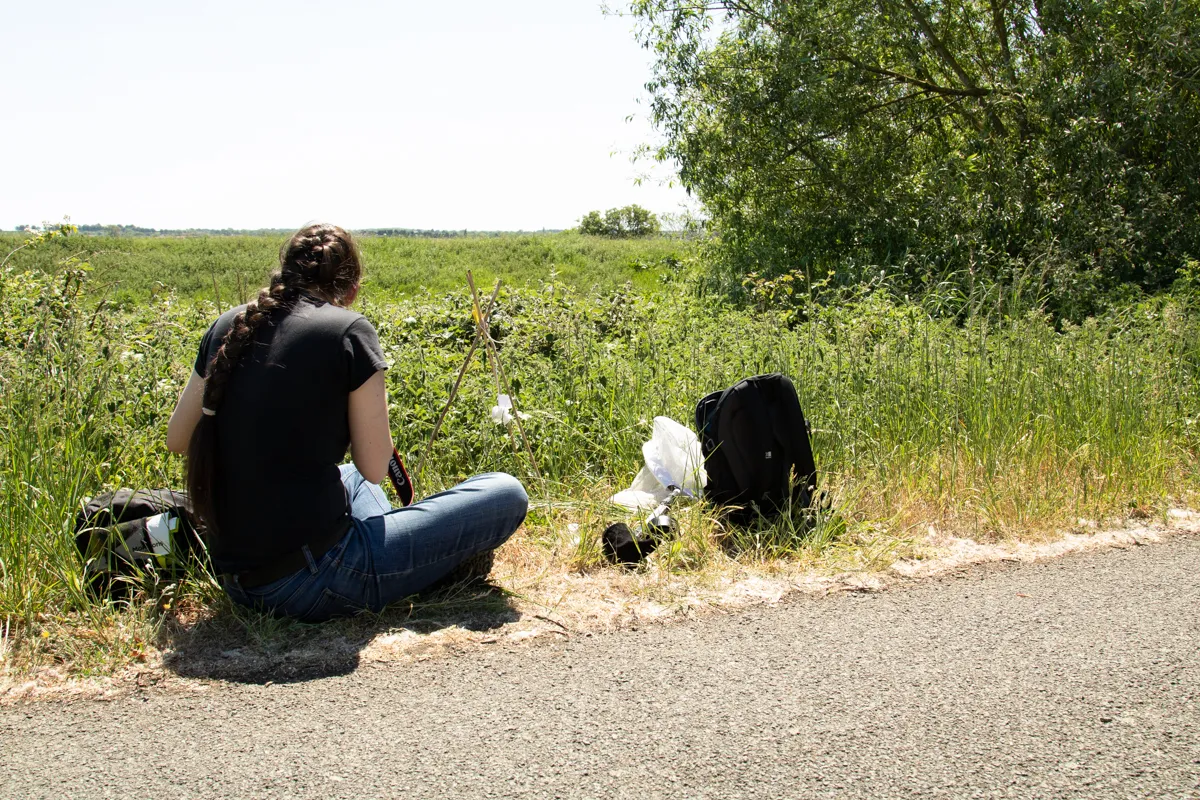
3 - And wait! Thats it, nice and simple.
The guidlines that came with the lure suggested that if the moths were close by they would visit the lure quickly. This means if we sit there for 30 minutes and not see anything, we need to move to a different location and set it up again.
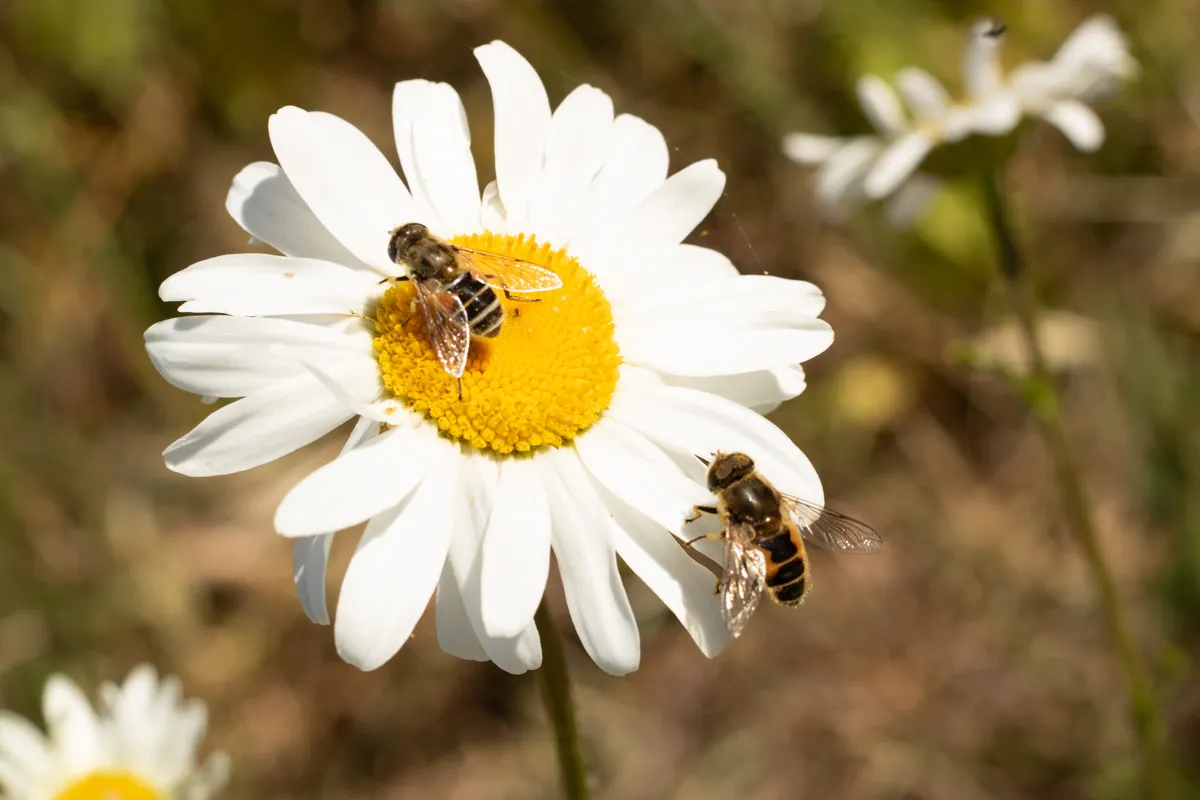
While waiting I spotted these Social Distancing Hoverflies (Eristalis sp)...
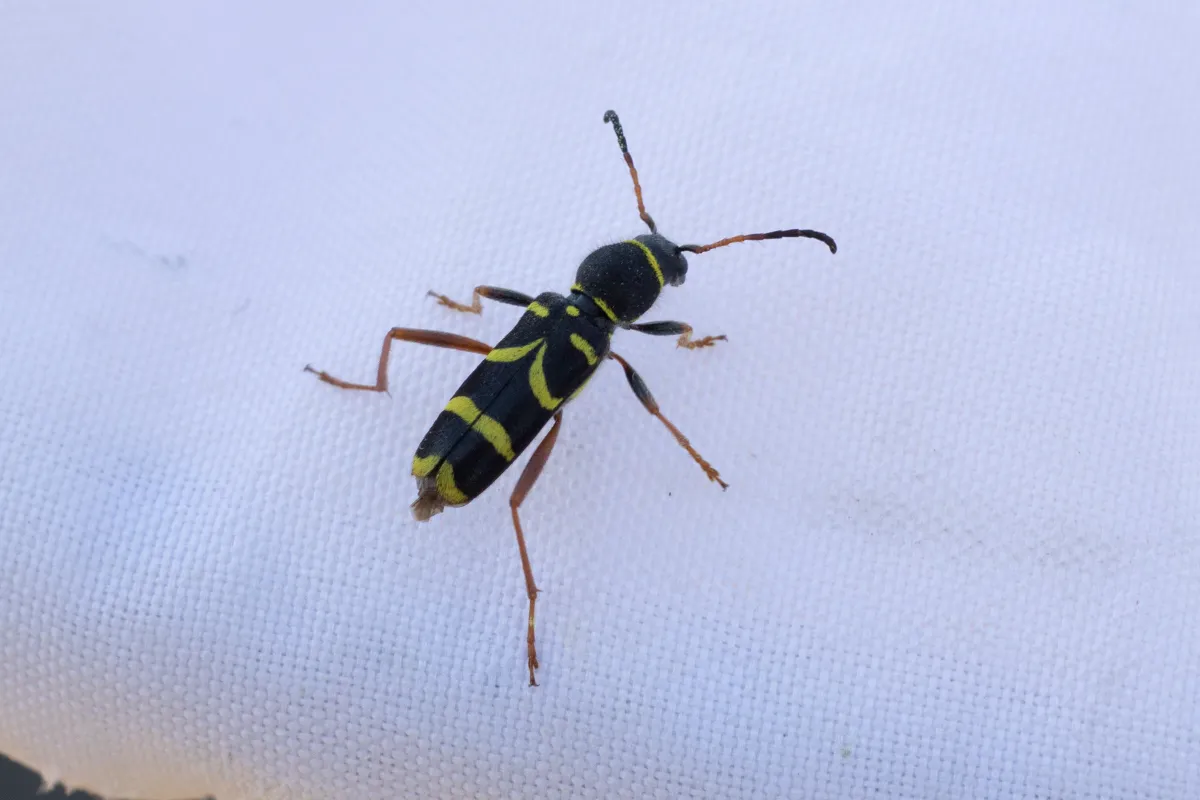
...and this gorgeous Wasp Beetle! (Clytus arietis)
Well, 30 minutes are up, and no sign of any moths. We gather up our stuff and walk 100 yards down the path to another patch of Willow trees. We set up our lure again and settle down to wait and see what happens.
"wait! whats that little red thing over there!"
A quick swish of the net and success... we have seen our first Red-tipped Clearwing - Synanthedon formicaeformis
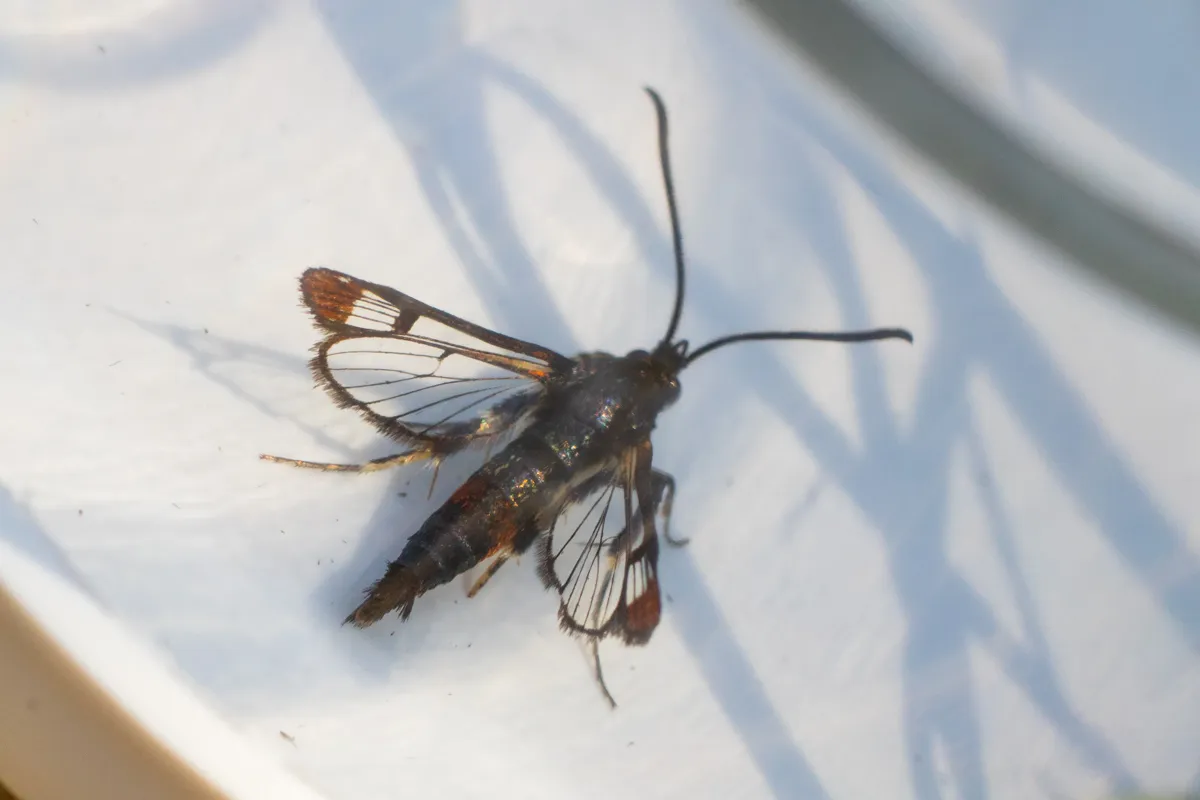
A surprisingly delicate looking moth, it was very active in the warmth of the sunshine so I could only get these rubbish 'pot shots'. That was enough to identify the moth by the red tips on its wings which give it its name. After I got the pictures I then released the moth to hunt for a 'real' female
Another new species ticked off the list, and I can start planning the next trip...
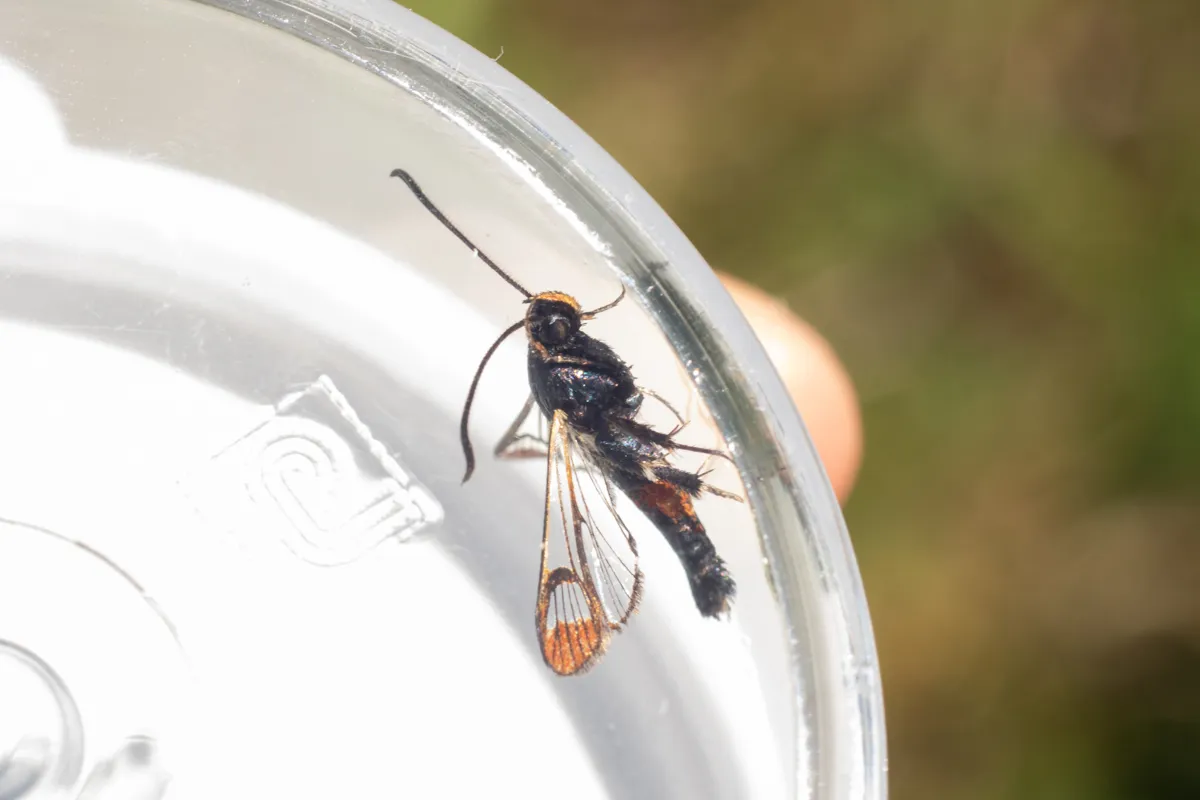
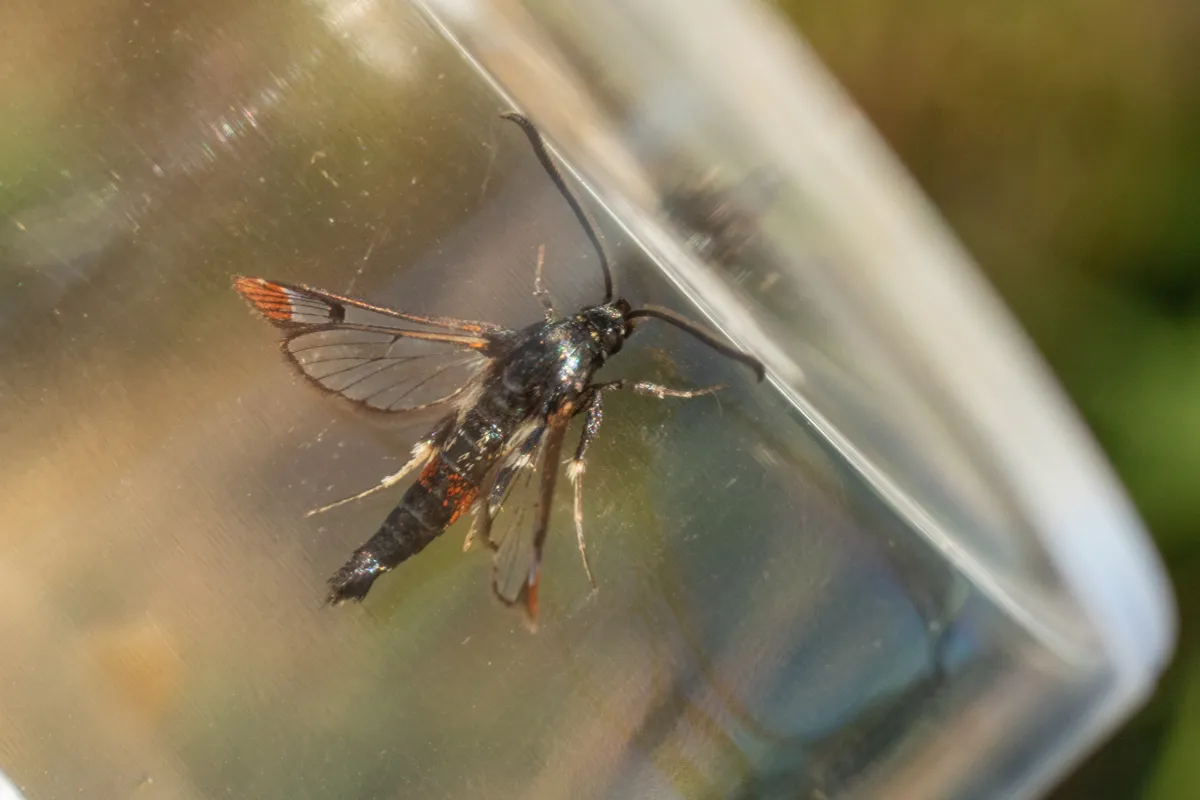
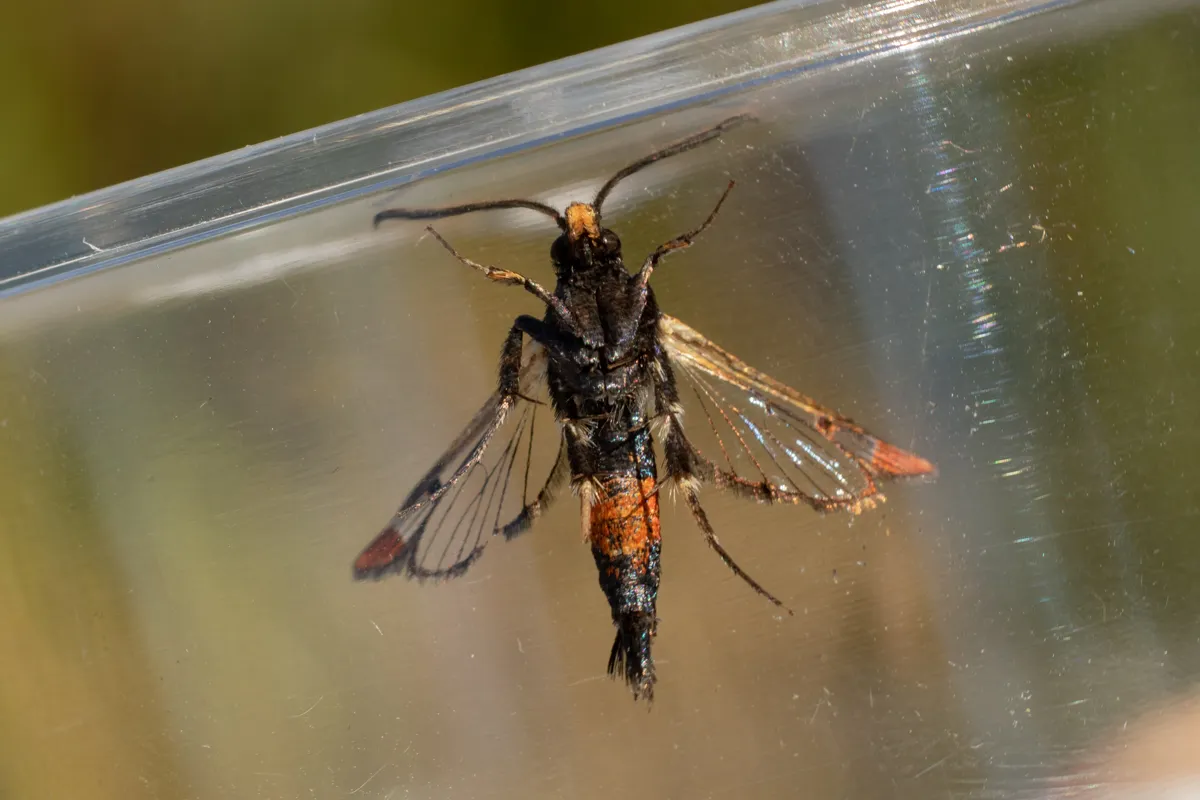
This post is an entry for this weeks competition over at the Amazing Nature Comunity

